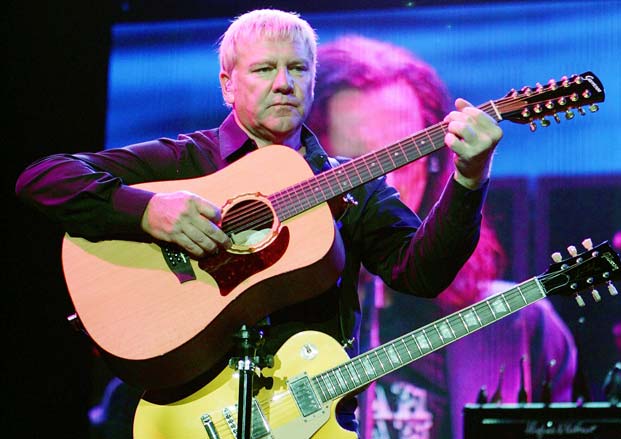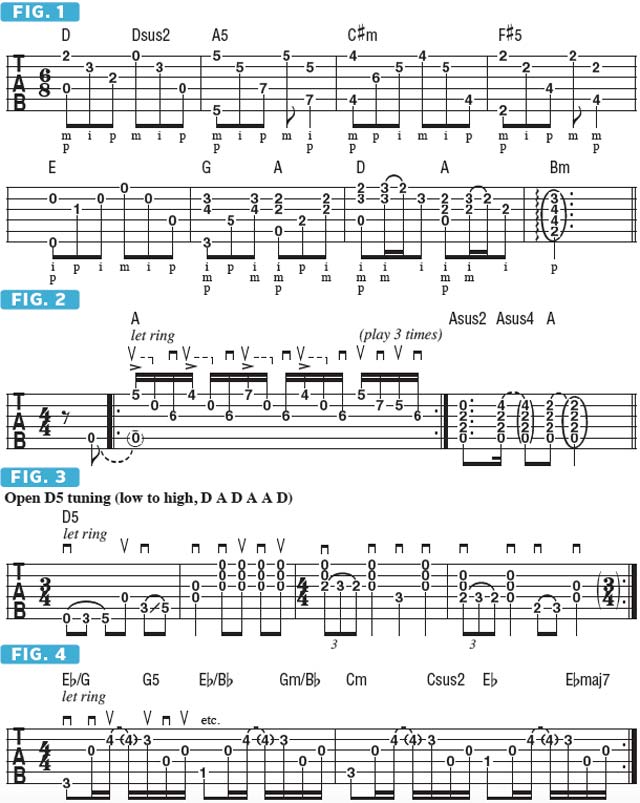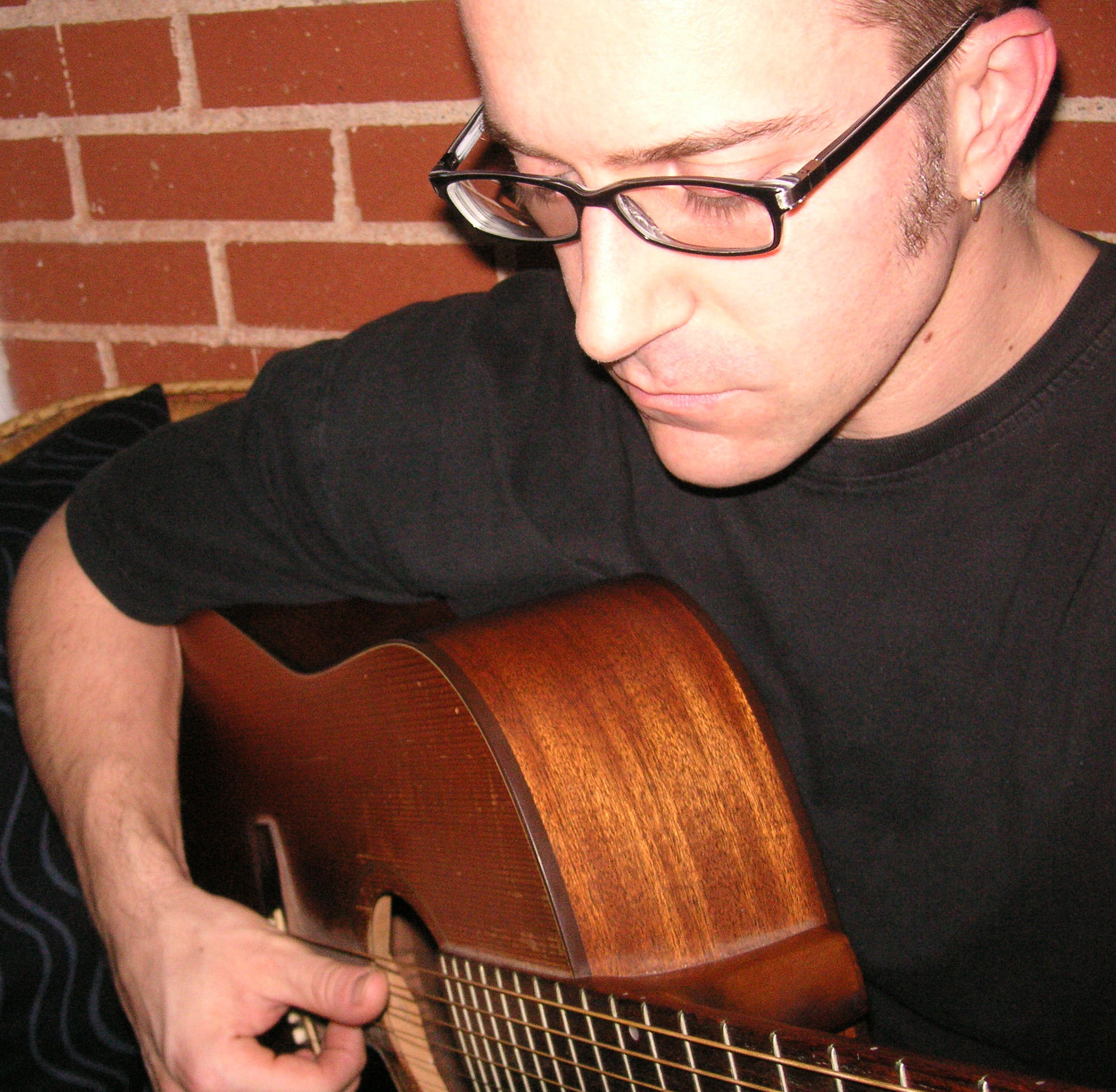The Acoustic Prog-Rock Riffs of Rush's Alex Lifeson

Progressive-rock was primarily a “British thing,” exemplified by acts like King Crimson, Genesis, Yes and Emerson, Lake & Palmer.
That changed after three Canadians—guitarist Alex Lifeson, bassist Geddy Lee and drummer Neil Peart—pooled their Led Zeppelin, Cream, Who and assorted “Brit-prog” influences and created the “art-rock” power trio Rush.
The band formed in 1968 and issued its self-titled debut album in 1974, but it wasn’t until 1981’s Moving Pictures that Rush struck a balance between progressive elements and radio-friendliness with songs like “Limelight” and “Tom Sawyer,” resulting in multi-Platinum commercial success.
Today, Rush are one of the biggest-selling bands in history, and their influence can be heard in acts that span musical genres, including Dream Theater, Primus, Metallica, Foo Fighters and Rage Against the Machine.
Much of Rush’s unique sonic quality is the result of Alex Lifeson’s broad rhythm guitar palette, a largely textural style that he developed to fill space in the group’s minimal lineup. Much has been written about the guitarist’s colorful electric song riffs and parts, but his use of acoustic, 12-string and nylon-string guitars plays an equally vital role Rush’s signature sound. This month, I want to examine some of Lifeson’s most famous acoustic riffs as played on these guitars.
“Trees” (Hemispheres) is the definitive Lifeson nylon-string showcase piece, melding interesting chord changes with arpeggiation techniques and chord ornaments, all played fingerstyle. The song is commonly preceded in concert by “Broon’s Bane” and contains stylistic trademarks of the title track to A Farewell to Kings.
FIGURE 1 is a composite of those three pieces. Pluck the strings using the indicated fingers and note that, when playing classical guitar, it helps to have little extra length in your fingernails, which you should use in conjunction with your fingertips to produce a warm, projecting tone with a pronounced, almost plectrum-like attack.
The intro to “Closer to the Heart” (A Farewell to Kings), which is similar to FIGURE 2, is a great example of Lifeson’s fondness for using open strings and pick-style arpeggiation techniques, as played on a Gibson B-45 12-string acoustic. When playing this example, let all the notes ring together as long as possible, and use economy pick strokes as indicated above the tab.
With 2007’s Snakes and Arrows, Lifeson and his bandmates opted to compose an entire album on acoustic guitars (embellishing the studio tracks with their trademark electrified instruments). One of the album’s many gems, “Hope” is a solo 12-string acoustic performance, recorded on a Martin D12-28 in open D5 Tuning (low to high, D A D A A D) and rife with sliding single notes and traditional Celtic-style open-string drones like those presented in FIGURE 3.
We’ll close this lesson with a look at “The Garden,” similar to FIGURE 4, from Rush’s 2012 album, Clockwork Angels. As you follow this chorus riff’s picking pattern, use your fret-hand pinkie and ring fingers to alternate between fourth- and third-fret notes on the second string, respectively, using your remaining fingers to grab chord roots and allowing the open third and fourth strings to ring throughout.

Get The Pick Newsletter
All the latest guitar news, interviews, lessons, reviews, deals and more, direct to your inbox!
A singer-songwriter/multi-instrumentalist/film composer, Musician's Institute instructor, and author of 50+ transcription/instructional books, Dale Turner is also Guitar World's "Hole Notes"/"Acoustic Nation" columnist, and the former West Coast Editor of Guitar One magazine. Some of Dale’s old, weird, rare, and/or exotic instruments are featured in his score for WEEDS, the first animated short completed within the Filmmakers Co-op at Disney Feature Animation. His most recent CD, Mannerisms Magnified, was praised by Guitar Player magazine for its "Smart pop tunes that are crammed with interesting guitar parts and tones ... Like what the Beach Boys might do if they were on an acid trip that was on the verge of getting out of control. Yeah!"
“There are so many sounds to be discovered when you get away from using a pick”: Jared James Nichols shows you how to add “snap, crackle and pop” to your playing with banjo rolls and string snaps
How to find new approaches to blues soloing – using fingerstyle improv ideas and Roy Buchanan-inspired licks











